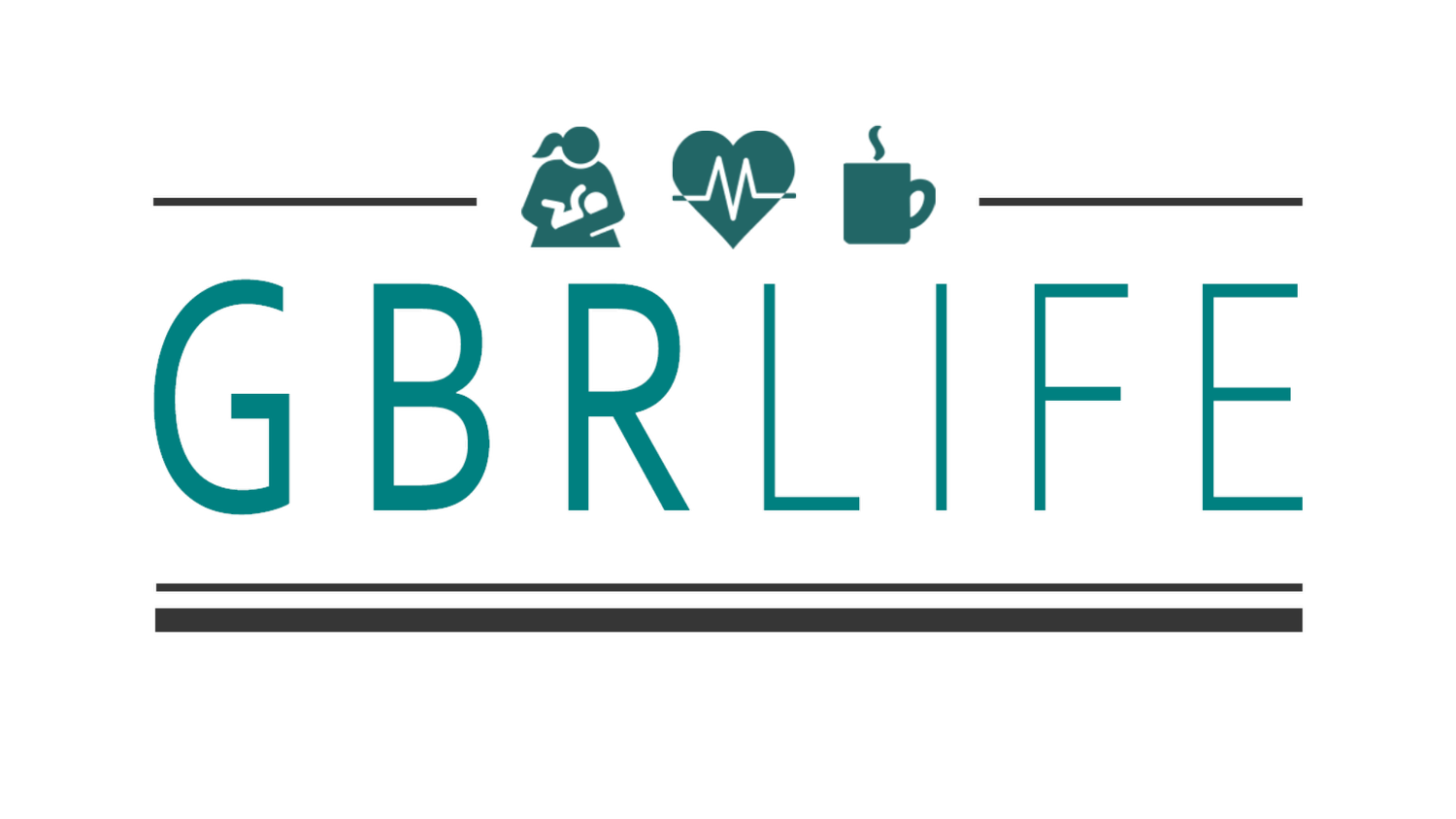Their Truth Doesn't Make It True: How to Avoid Misleading Information on the Web
It's getting harder and harder to tell what's true and what isn't in a time when information is plentiful and easily available.
Everyone can now exchange information, whether it is true or not, and express their opinions more easily because to the growth of the internet.
Photo Credit: @yapics
Yet, just because someone asserts something is true doesn't make it necessarily true. So instead of accepting false information as fact, let’s talk about how we can find the truth.
Check the source first: This serves as the basis for figuring out how reliable the information is. Who wrote this? Who are they and what do they know?Does the website a strong track record of giving truthful information? Before accepting what is being said as true, take some time to do some research.
Next, hunt for proof to support your claims: Does the author cite or link to further sources to support their claims? If not, they might be representing their viewpoint as fact. Explore the information by clicking on the links. Make sure the references are from reliable, respectable sources.
Confirmation bias is a further crucial issue to take into account: This is the propensity to disregard information that conflicts with our preexisting views and to look for information that does. It's essential to be conscious of this bias and to look for evidence that contradicts our assumptions. This makes it possible to prevent ourselves from being duped by false information.
Use tools for fact-checking as well: They are simple to find online and can assist you in swiftly spotting erroneous or deceptive information. Snopes, FactCheck.org, and PolitiFact are a few well-known fact-checking resources. These resources offer a dependable source of precise information on a range of subjects.
Ultimately, believe in your gut: Something is likely to be real if it looks too wonderful to be true. If something doesn't quite add together, the information can be inaccurate or deceptive. Before you accept something as reality, take the time to do some research and make sure it is true.
There might be a minefield of false information on the internet. You can, however, avoid falling prey to it by examining the source, seeking out corroborating data, being conscious of confirmation bias, using fact-checking tools, and following your gut.
Do your research, and never be hesitant to question what you learn.
Have you ever been misled?


